King's Field II and III - Closing The Trilogy
Examing the second and third games in the King's Field trilogy

Recently I profiled the beginning of the Verdite trilogy, one of FromSoftware's earliest games, King's Field. I've explained many of the game's mechanics and conventions in that piece, so I'll be skipping directly to the particulars of the second and third games here. To get the full story, you may want to go read that piece and then come back.
But for those who just need a quick catch-up, the now-famous FromSoftware, makers of the Soulsborne games like Dark Souls and Bloodborne, started out making an RPG series called King's Field. The trilogy showed many of the traits that would come to be so synonymous with the games they make today, so the lineage is easy to trace. The first article explored the first game in the series, and today I'll look at the second and third entries.
King's Field II
The franchise finally leaves Japanese shores with King's Field II (known as just King's Field outside of Japan) which came out just a mere 7 months after the original on July 21, 1995, in Japan; February 14, 1996, in NA; and, finally, December 1996 in Europe.
You might be wondering if they managed to make any significant changes in such a short time, and the answer is: yes. But this is still very much a King's Field sequel and has the same kind of feeling.
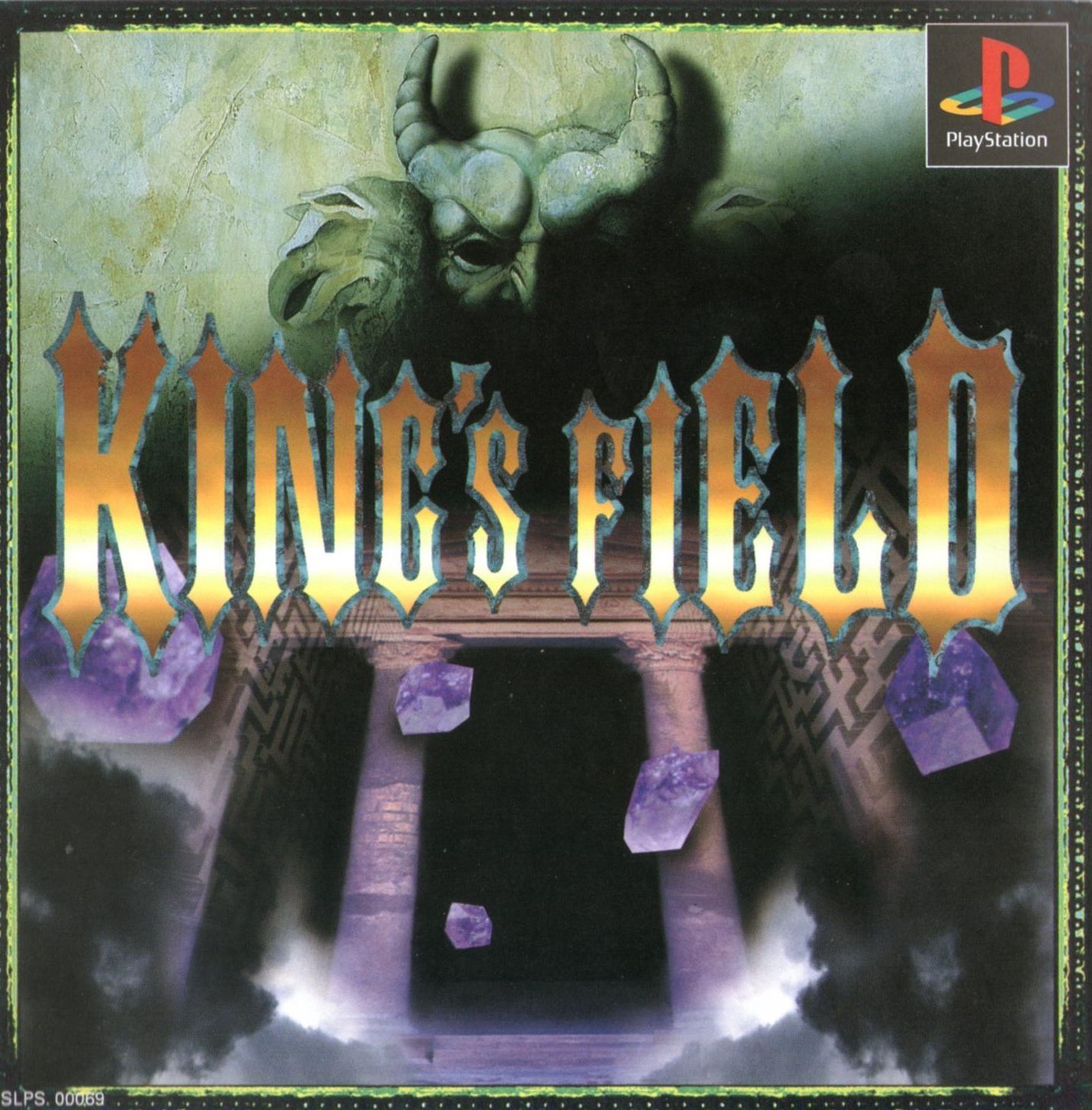
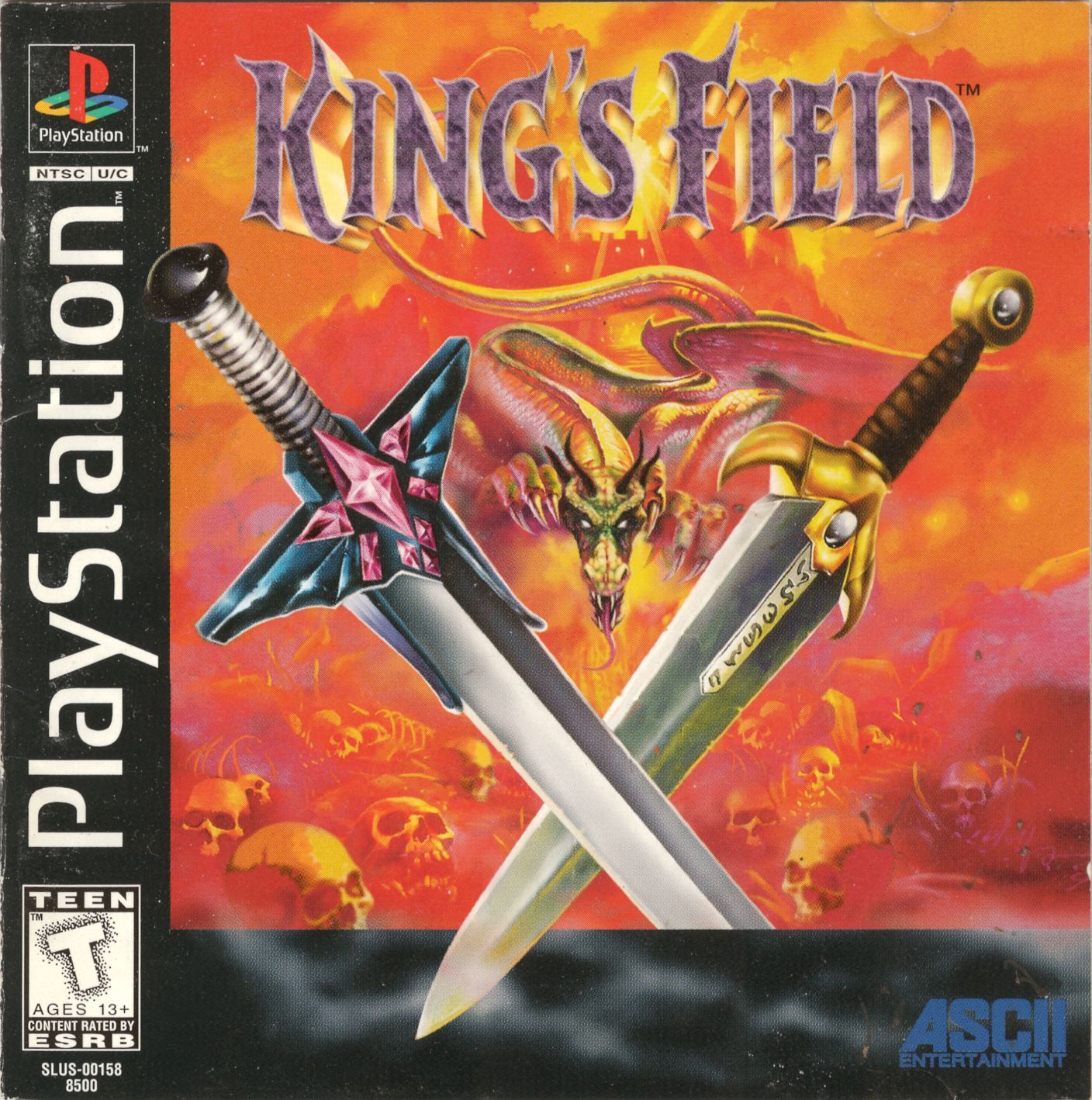
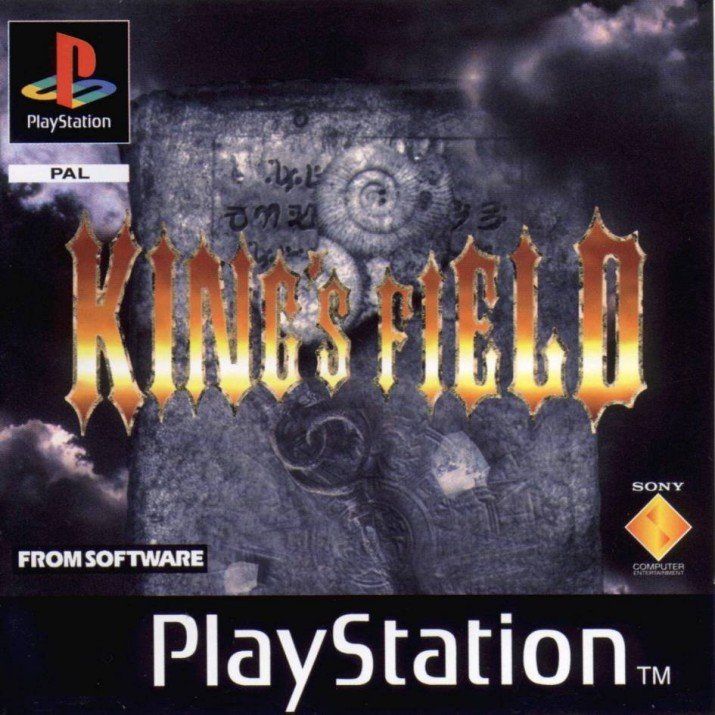
Japanese/American/European covers. Source: psxdatacenter.
Setting
Monsters have started pouring out from the Island of Melanat, and they have become a threat to the kingdom of Verdite. To makes matter worse, the Sword of Moonlight has been stolen and taken to Melanat. You play as Alexander Thornton, a friend of King Alfred who offers to go to the island to find the sword and slay the evil monsters found there.
Presentation
While the game looks dated - and has the same nigh-20fps frame rate issues as its predecessor - it still looks considerably better than the previous game, with a bigger variety and quality of textures, and more polygons for items and enemies.
Certain enemies come in varying sizes with the bigger ones having higher stats, but they also vary based on the zone in which the monster is found. The individual rooms on the map also feel bigger for the most part, and we even get a few outdoor parts(!), where the previous game was 100% indoors.
But its most impressive feat is that despite being bigger than the previous game, it is all a single continuous world - you go from one extreme of the island to the other without going through a single loading screen.
The music has also improved; it never felt repetitive enough to turn it off, and generally enhances the ambiance, which is always a plus.
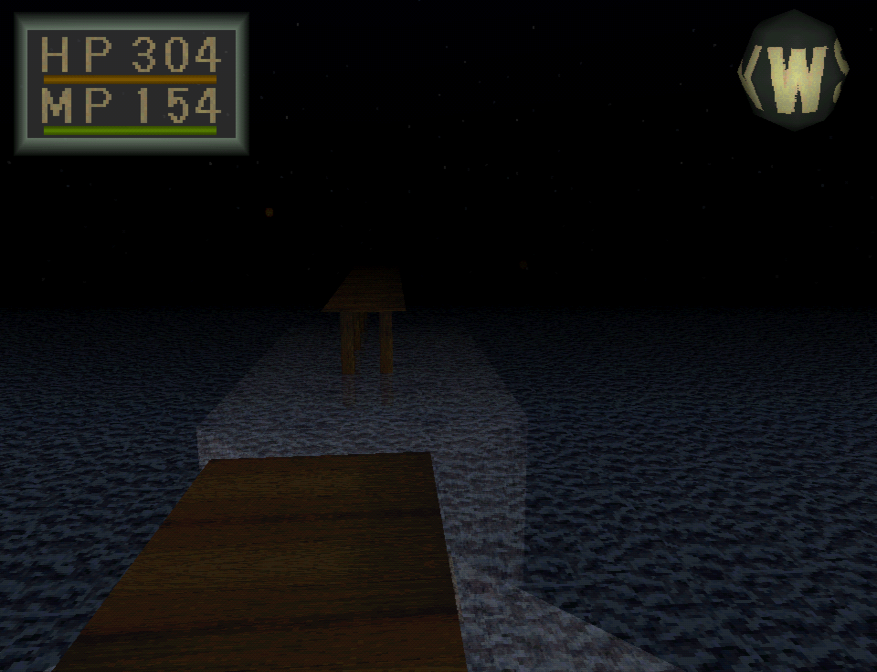
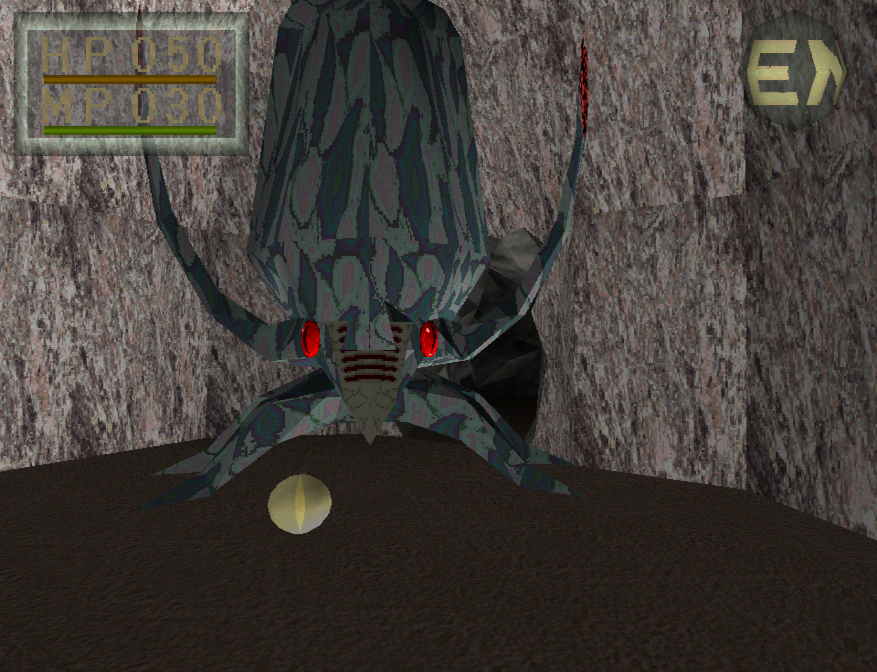
The first things you see in the game can be the last - you can't swim, and that Kraken can one-shot you. Source: Author.
Gameplay
Sadly, my biggest complaint from the original - walking speed - still exists, although you walk slightly faster here, and you can hold cross to run, this comes with a trade-off: running depletes your power and magic bar when in use, to prevent you from outrunning enemies to whack them.
The biggest change in this game is verticality and how it affects exploration. While falls were to be avoided at all costs in the previous game, here you'll have to jump down from time to time if you want to explore the entirety of the island. Maybe you'll fall from a bridge to try and see if that - otherwise inaccessible - piece of land has anything (it probably does!), or maybe you'll take some fall damage to see if there are any items under that ledge.
That said, you can't just fall anywhere: if your HP isn't high enough you won't survive the jump, you can't swim, and falling into lava is also out of the question. Everything else is fair game but just because you can come down doesn't mean that you can come back up. You can't climb walls, so you'll need a pair of items that allows you to teleport to another location in order to return from a fall.
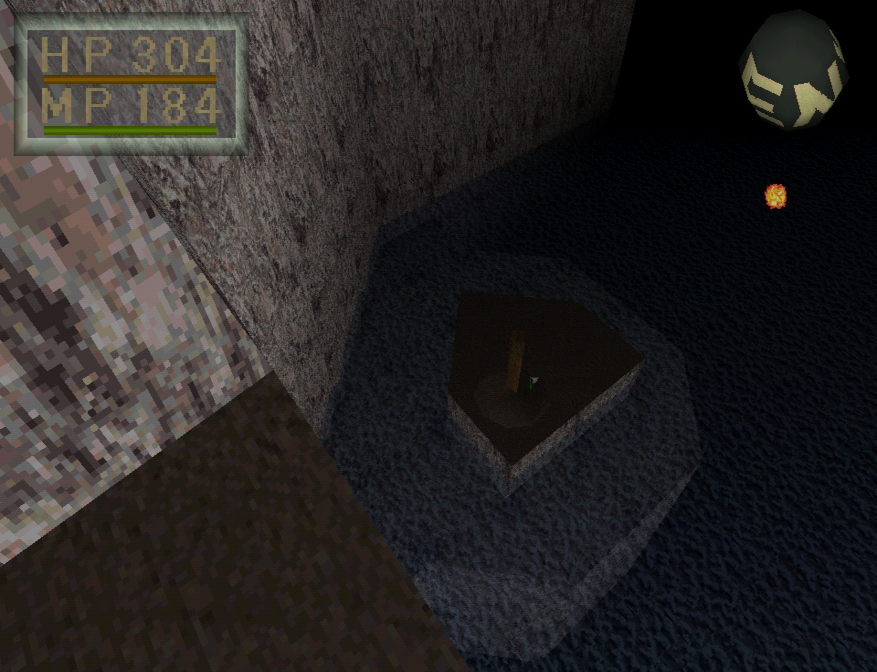
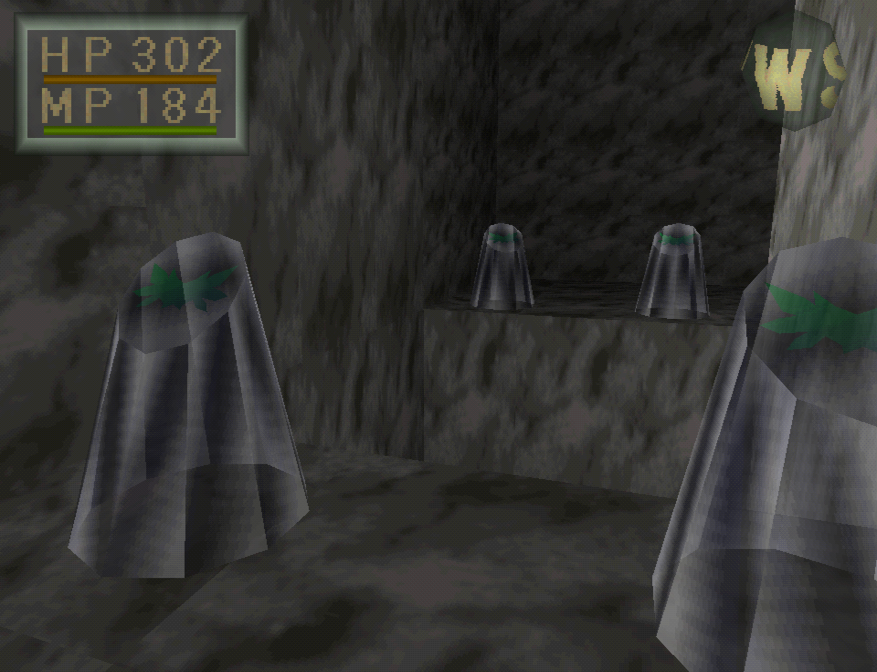
If you are gonna fall, you might need to aim. Source: Author.
When it comes to weapons, you have a few more options. There are more interactions with magic this time around, with some magic only being available when a specific weapon is equipped, or a family of magic being locked when having certain equipment on (for example, you can't cast fire magic when you are wielding the ice sword). This game also introduces ranged weapons and several new spells, so you have more options when tackling enemies.
The game also has a number of hidden crystals that you'll need to find in order to learn spells. There's also an elusive character that can appear in a handful of hidden locations from whom you can get information on items, so make sure to explore properly.
There are quality of life improvements from the first game, like creating your own potions by using flasks and filling them with fountain water as many times as you need - though annoyingly if you have several flasks, you need to fill them separately one by one. You also have 3 sets of keys and gates you can find while exploring the world that you can use to teleport around, so you can reduce the time you spend backtracking.
Poison pits have disappeared in this game, and fake walls now have to be interacted with to be revealed. Bottomless chasms only exist in a specific location in the game, and all others are survivable as long as you aren't falling into lava or water, and have enough HP.
Walls may contain spikes now, and chests may have skeletons (which you can reveal ahead of time if you have the glass of truth), but in general, I'd say the traps here are less annoying and generally easy to avoid.
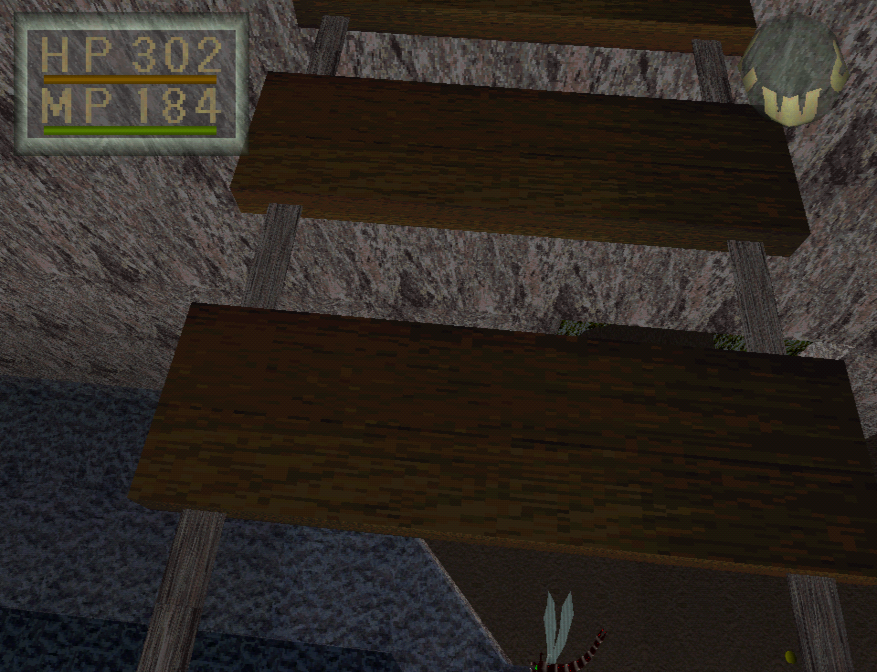
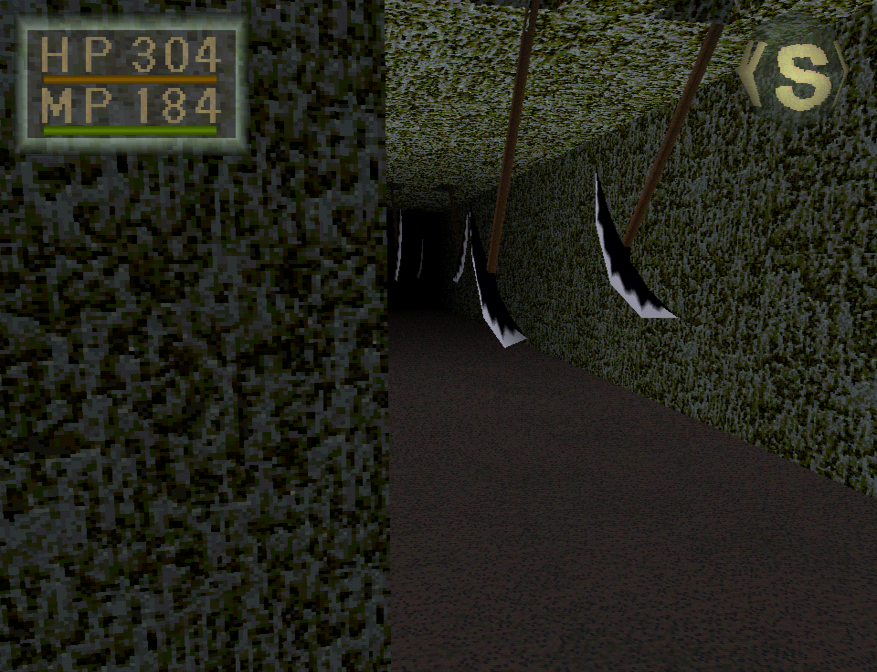
Impending Threats. Source: Author.
One thing that didn't change from the previous game is the way keys work: you still need to cycle through them until you find the correct one, assuming you have it. The game also makes the start of your journey easier by having a fountain available right at the start, and there are several fountains throughout the map, but a number of these will only restore your HP and not your MP.
While I'd like to say that this game feels less confusing to navigate on a "room by room" basis, it's so much bigger that you're still going to spend more time wandering around. This game has 3 maps you can get, each with a different level of detail depending on the zone where you are and none of them have labels for anything. I recommend you take a photo and edit it to add your own notes; you'll thank me later.
There's a bit of a divorce between gameplay and the story at times - namely the water of the island. It's said that those who drink it will need to keep drinking it in order to live, and we find both normal and Seath fountains, with neither having any adverse effect on our health that I could tell.
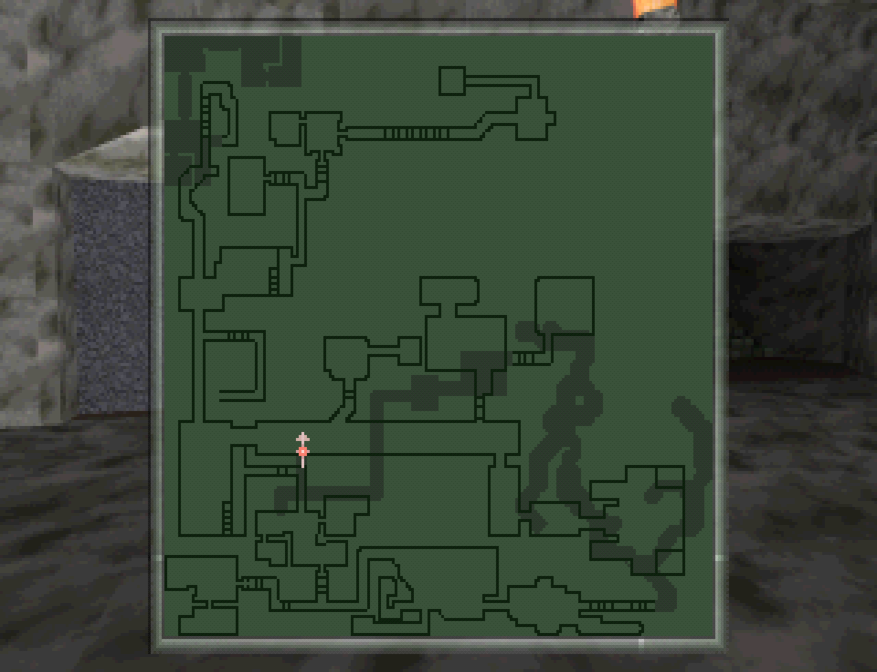
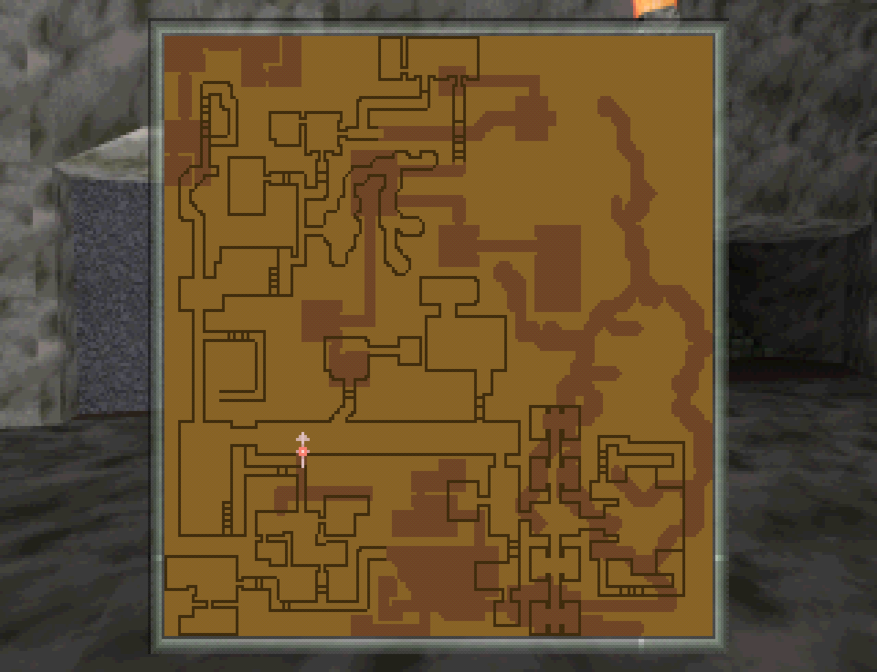
Choose the right map for the right place. Source: Author.
Conclusion
This game solves one of the biggest issues of the original: being too punishing at the start of your journey due to having no reliable way to heal yourself. It also improves the graphics, the world itself, and its size, while also giving you more options during combat.
With a bigger world, more NPCs and stories to unfold, as well as a twist for those who played the previous game (sad for western players who couldn't get it at the time) King's Field II is the definition of a bigger and better game. More exploration and combat awaits those who loved the original - but if you loathed exploration in the original, it's unlikely you'll like this one. Sadly, the western version remains locked away, with only the Japanese version obtainable in the PlayStation Store at this time.
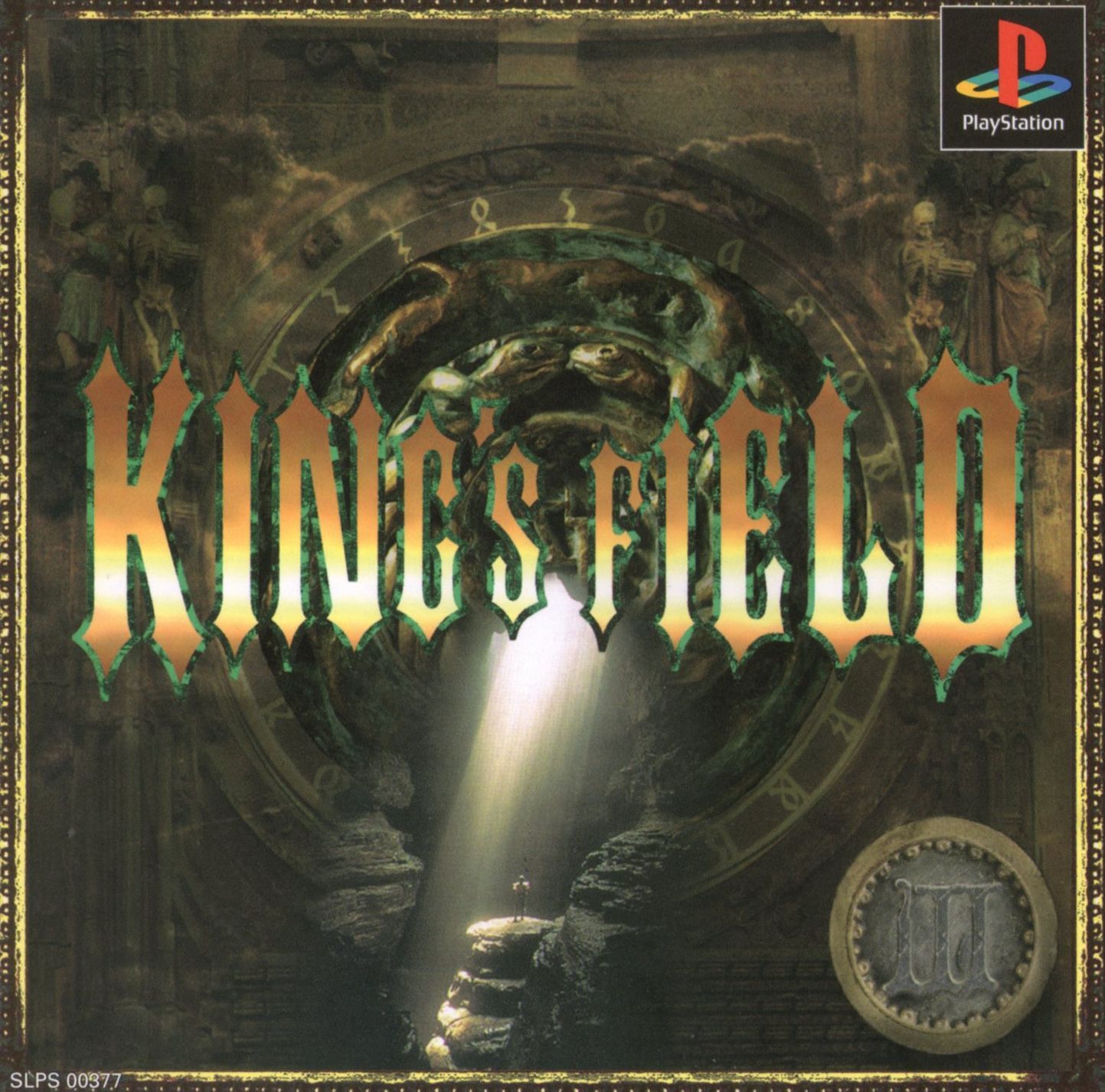
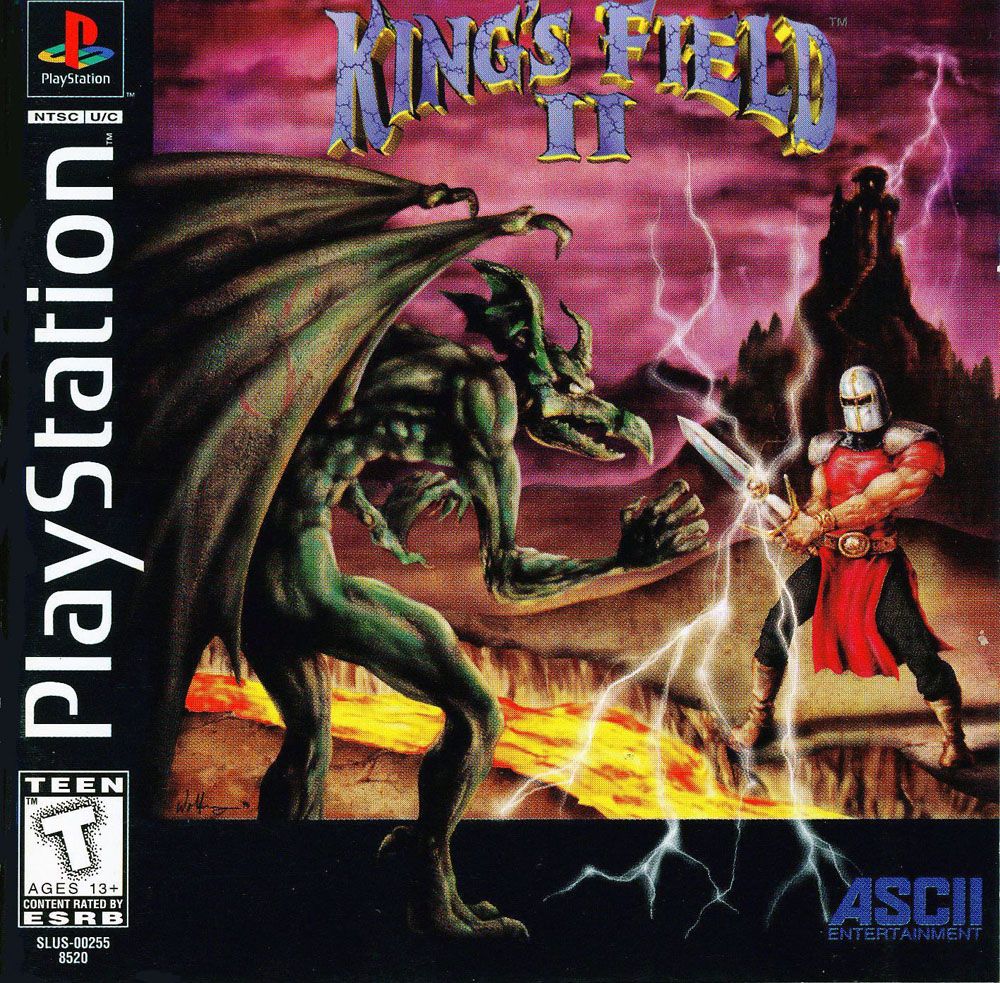
Japanese/American covers. No, you can't fight that monster. source:psxdatacenter.
King's Field III
King's Field III (KFIII) is the last game in the "Verdite trilogy" - though not the last one in the franchise - and it released on June 21, 1996, in Japan; and November 20, 1996, in North America, where it was known as King's Field II. Strangely, there was no European version this time around.
Setting
Evil has returned: the Sword of Moonlight is broken, the king has turned mad, and Alexander is dead. Will you rise to the challenge of restoring the sword, and killing your father the king, in order to return the peace of the kingdom?
Presentation
KFIII features higher resolution textures and higher polygon count for enemies and items, but the map, while improved, still remains blocky. While I considered the map itself the weakest element of the previous games, it's even more apparent now with the contrast of better models and textures elsewhere - and this is without bringing up other releases like Tomb Raider.
Rather than making the map bigger and bigger, it could have benefited from scaling back a bit and focusing to make a more interesting world. To be precise, it looks much better overall from a technical standpoint, but when compared to its contemporaries, it's not nearly as impressive. Having said this, it still retains a great atmosphere, as being outdoors doesn't lessen much of its oppressive feeling.
FromSoftware did add more pre-rendered videos, both at the start and for certain events in the story, so it appears to be a higher-budget affair, and some characters even have voice acting, a first for the series. They also tried to address the frame rate fluctuation issue, but unfortunately, they did so by capping it to 15 FPS.
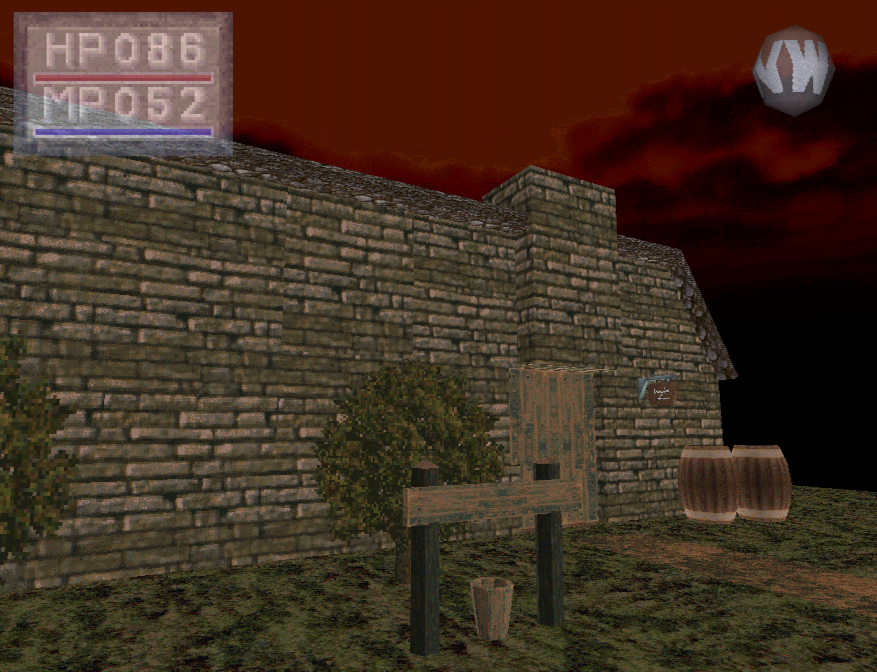
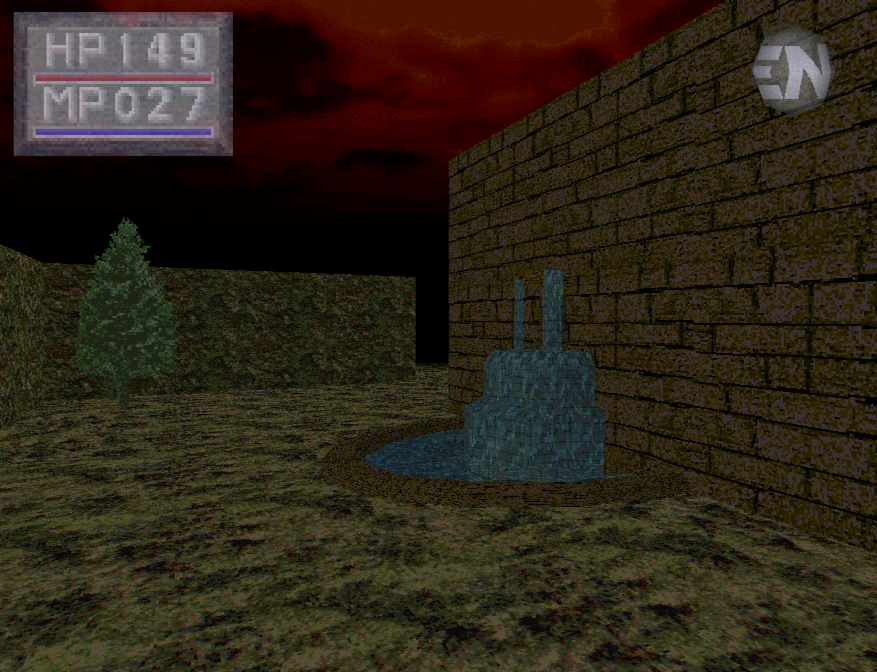
These aren't happy skies. Source: Author.
I'm also going out of my way to mention the faces of NPCs, which look similar to the previous entry, in a word, simple. The official website for the American release claimed that it'd feature "detailed faces", which just isn't true - they have a few more polygons, but remain untextured.
Now my next point will be even more subjective, but I found the world presented here to be monotone, and I didn't look forward to exploring it the same way I did with the Island of Melanat.
There's also a significant change in how the game "feels" as this game happens mostly outdoors and a lot of areas are more open. If you were tired of feeling lost, or you thought the previous games were claustrophobic, then it's probable you'd like the way this is designed more.
The music in this game is still adequate, but I didn't find it to have as much personality as in the previous game. It's possible I'm being unfairly critical due to my other issues with the presentation.
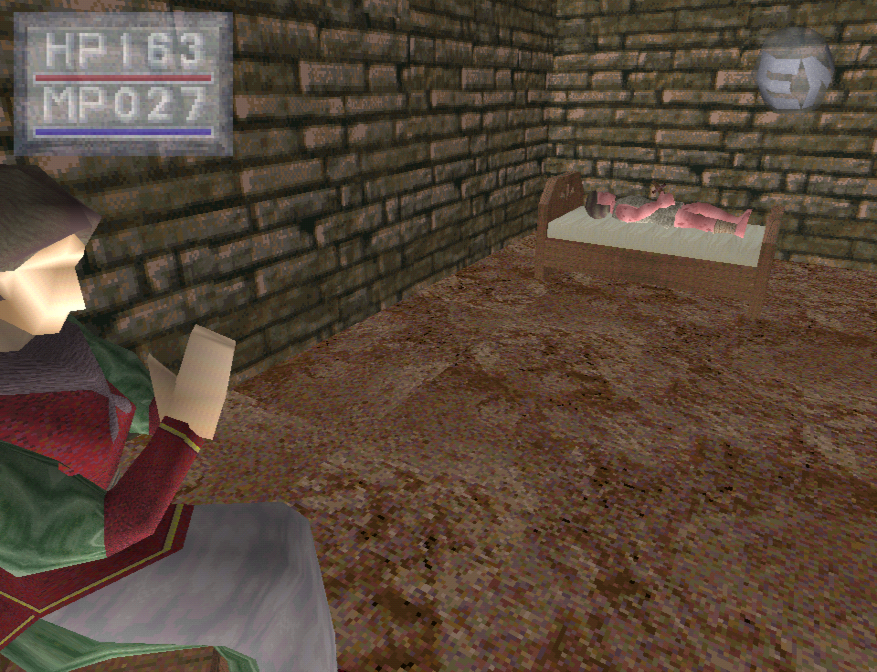
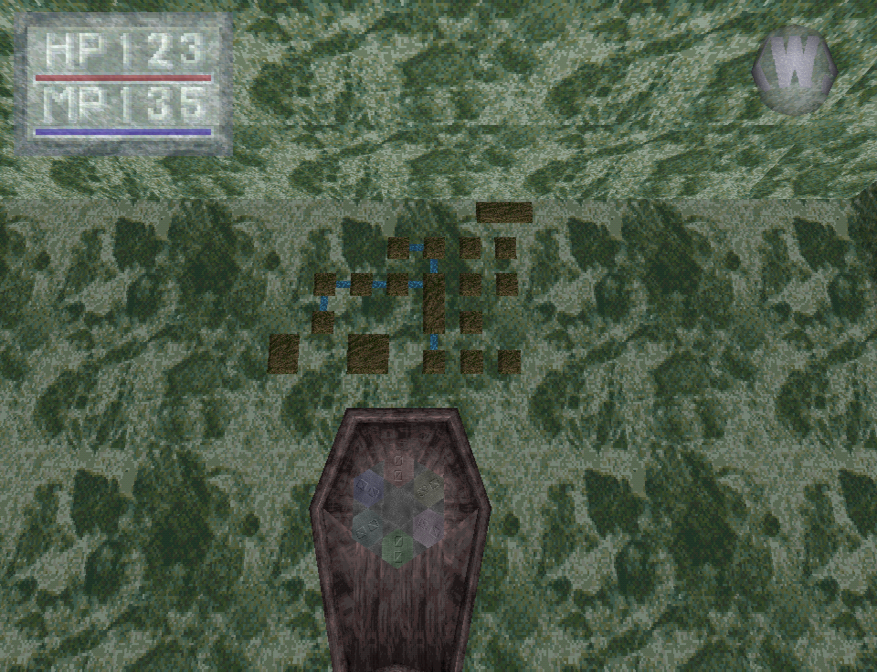
Source: Author.
Gameplay
The base is the same, so if you played any of the previous games, you won't be surprised. There's a new category of weapons with the flame rod which casts simple fire magic yet consumes no MP and several returning weapons are mixed with a few new ones.
Rather than using crystals to learn magic, your available spells will depend on your magic level, so you aren't going to be missing attacks just because you didn't explore the place properly. The exploration has been somewhat streamlined in this one - it's generally clearer where to go, and a lot of areas are relatively open and not as labyrinthine as previous entries.
In general, if you find a complex area, it's likely that it'll be a dungeon that you won't need to revisit unless you're looking to unlock leftover chests. Dungeons tend to have a "yes, this is a videogame dungeon" feel to them which I didn't really love, but that others might not mind.
Taking into account its size, there were also fewer traps and secrets, the latter of which was often hinted at by monsters making noise.
The initial weapon, Excellector, can level up along with your character, but because it only goes to 3, each level will take a while. It actually takes long enough that I was wondering if I was doing anything wrong, but you just have to be patient. Thankfully, it receives EXP even when it's not equipped, so you don't need to stick with it after you find a better weapon.
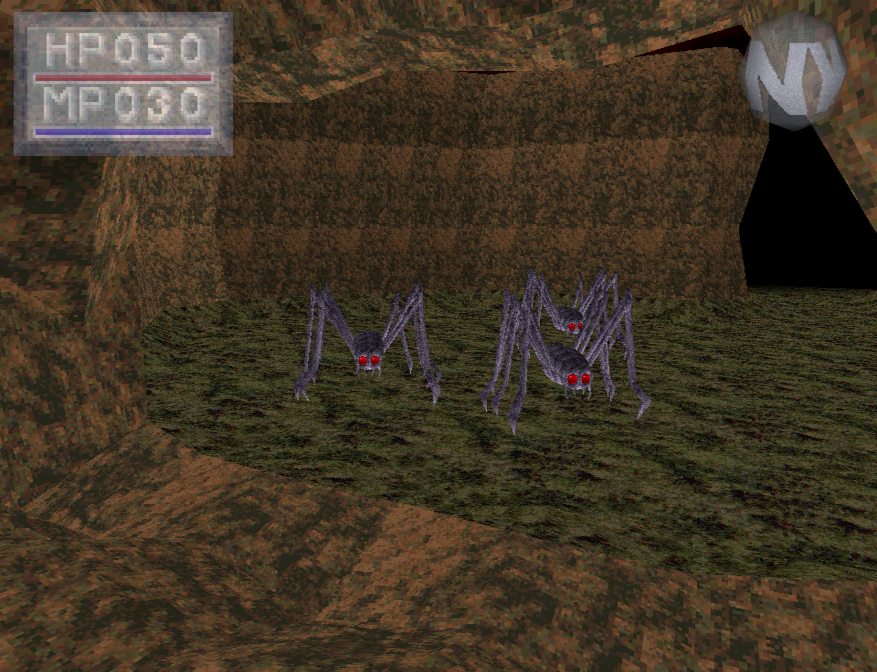
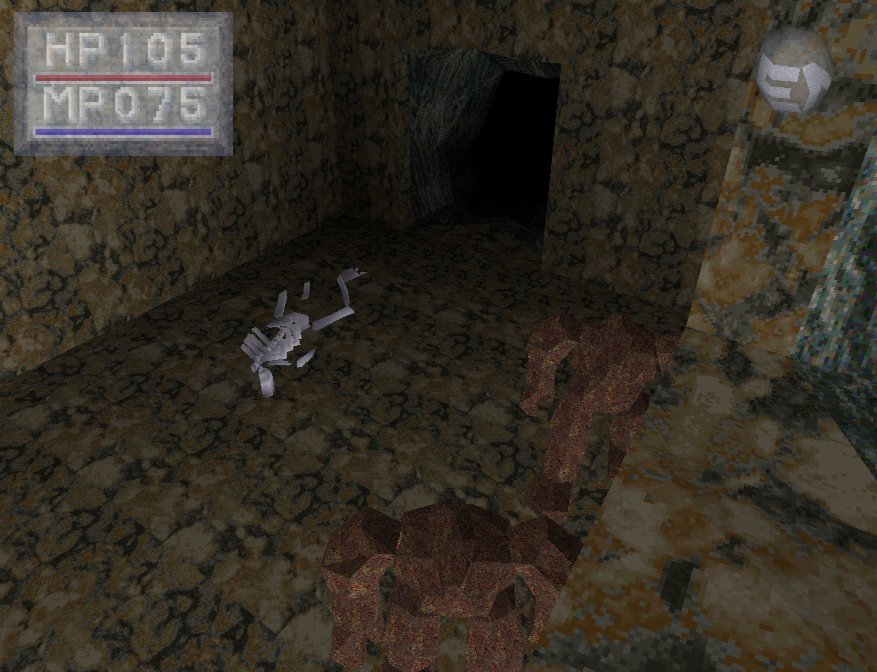
Source: Author.
There are many quality-of-life improvements in this game that come from the fact that it makes certain information more accessible. While finding out what each item does can be fun, when you have many items it can turn torturous instead.
Equipment now has a weight stat that you can see in its description to get an idea of how cumbersome it'll be to wear. Weight affects the movement and attack speed of your character.
Many items have a description now, so you can have an idea of what they do. But some items have a special condition to get info on them, depending on either intelligence - gained by eating wise fruit - or consulting a specific character.
KFIII has a few HUD and controller layout options to choose from. You can actually remove tank controls - but no DualShock support makes camera control painful.
Map behavior changes this time around as well. The first map you get is more of a reference for the whole world, as it's so zoomed out it won't help with navigation. Meanwhile, the second one is an auto-map - it doesn't come prefilled, unlike the rest of them.
The teleportation device in this game doesn't need you to set up a key beforehand, so it's more flexible to use. Although you can only use it to teleport to a few fountains at the start, near the end you can teleport to any of them.
Conclusion
Gameplay-wise, there aren't radical changes here, but you have many quality-of-life improvements that lessen frustration. You have a bigger but more streamlined map - less claustrophobic and easier to navigate - while improving the visuals.
If you liked what came before, you'll like this one. And if the exploration in the previous games discouraged you, there's a good chance you'll be able to stomach this one due to the more wide-open nature of the outdoor environments.
King's Field III marks the end of the Verdite trilogy, but not the franchise as a whole. Still to come would be a sequel with its own story, mobile ports, and PSP games that build upon the bad end of this game... but that'll be something for another time.
Like the previous 2 games, this one is available in the Japanese PlayStation store.

These games are special: they are janky and punishing, you'll get lost and you'll be killed unfairly... but there's an undeniable charm to them. The challenge makes it all the more rewarding to beat it, and having to piece the story together is something I relished.
The King's Field series are games that don't seem to care whether you get the story, or if you can get to the end. They don't actually feel like they were made unfair for the sake of being unfair, outside of perhaps a handful of moments. It might not take our hand and guide us, but it doesn't hate the player - it's up to you to see it through.
I would like to see a remaster for these games with a new, more faithful translation, dual-stick support, and higher resolution and frame rate. Sadly, I don't see something like this happening without significant changes to the gameplay. But if it were up to me, I'd most want to be able to annotate maps, and maybe have walking speed and animations for both us and enemies be a little faster.
With FromSoft now one of the most popular and revered studios in gaming, there's always the possibility they will resurrect the past. Let us know in the comments if you'd like to see King's Field remastered, or if FromSoft should keep working on their more recent titles.
